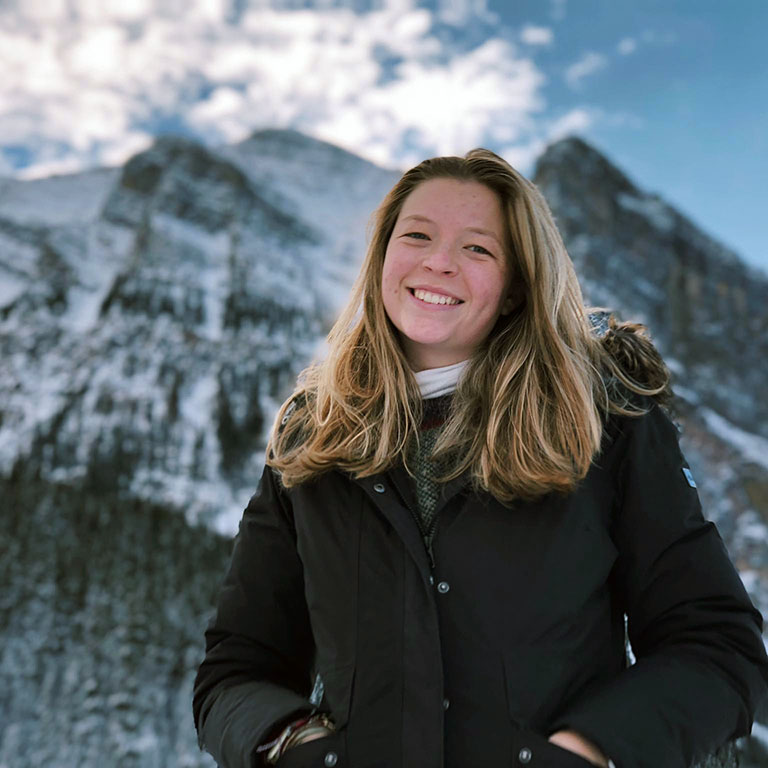Last week at GSA Sophie Black won the Sedimentary Geology Division's student poster award. This is a huge achievement, and Sophie was honored at the division banquet at the end of the conference.
Way to go, Sophie!
Title: The Importance of Local Provenance Variations in Foreland Basin Systems: Sevier Fold-Thrust Belt, Eastern Wasatch Range of Northeastern Utah
Abstract: Using a sedimentary foreland basin as a lens to understand geologic history is a classic method to reconstruct tectonic events within a fold and thrust belt system. One of the most well-documented thrust belt systems in the world is the Sevier fold and thrust belt of the western United States. However, the relationship between active thrust sheets and sediment routing across local depositional centers remains unknown. This study uses the eastern Wasatch Mountains between Salt Lake City, UT and Evanston, WY, which preserve a thick sedimentary package of Cretaceous to Oligocene proximal strata deposited along the eastern limb of the basement-cored Wasatch Anticlinorium, across parts of the Crawford and Absaroka thrust sheets, and just north of the Laramide Uinta-Cottonwood Arch, to understand the tectono-stratigraphic relationships of the central North American Cordillera. Stratigraphic units in this study comprise, from base to top: (1) the Aptian to Turonian Kelvin and Frontier Formations; (2) the Coniacian to Santonian Henefer Formation, Echo Canyon and Weber Canyon Conglomerates; (3) the Maastrichtian-Paleocene Evanston Formation; and (4) the Eocene Wasatch Formation. We use integrated provenance datasets, namely conglomerate clast counts, sandstone petrography, and U-Pb detrital zircon analyses to track intra-basinal variations in sediment provenance from foredeep and wedge-top deposits from multiple locations within the foreland basin from Cretaceous through the Eocene time throughout the evolution of the thrust belt system. Our data indicates up-section and intra-basinal differences in provenance. Differences in provenance across proximal depocenters support local variability in sediment routing within the basin on scales less than 30 km, that are useful for reconstructing local and regional deformation. These results emphasize the importance of understanding local provenance variations when using foreland basins as a lens to track regional deformation events and the evolution of expansive thrust belt systems.



 The College of Arts
The College of Arts